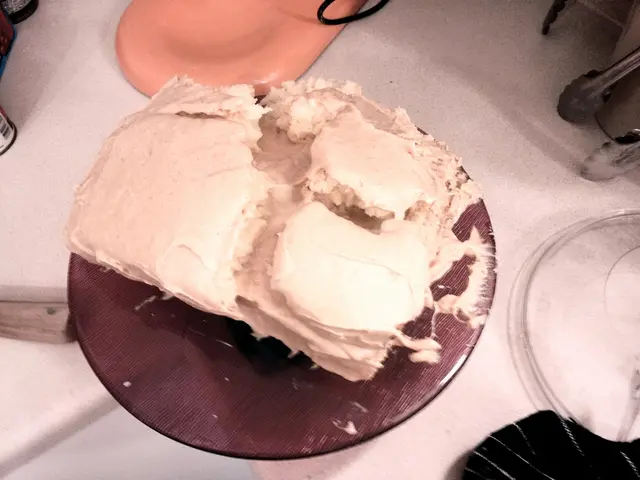Esophageal Manometry: A Key Test for Diagnosing Esophageal Issues
A procedure called esophageal manometry is employed to diagnose issues within the esophagus or lower esophageal sphincter (LES). This test aids in identifying problems that may cause acid reflux, heartburn, and gastroesophageal reflux disease (GERD).
The test is typically conducted by a gastroenterologist, a specialist in digestive tract diseases, including the esophagus. It is performed in a specialized gastroenterology laboratory. A thin, flexible tube is inserted through the nose, down the esophagus, and into the stomach. During the procedure, the tube is slowly pulled out while the patient swallows at different times, allowing sensors to measure esophageal muscle strength and LES function. The procedure takes around 15 minutes and may cause minor discomfort, such as gagging, watering eyes, or nosebleeds. Common complications after the test include minor nosebleed, sore throat, and stuffy nose, which usually clear up within several hours. Rare complications include perforation and aspiration, which can lead to pneumonia or lung injury. Normal results indicate proper functioning of the LES and esophageal muscles, while abnormal results suggest various possible issues, including abnormal contractions, achalasia, hypertensive LES, esophageal spasm, nutcracker esophagus, scleroderma, or a weak LES. Symptoms that may prompt esophageal manometry include acid reflux, chest pain, difficulty swallowing, heartburn, nausea after eating, and pain or difficulty swallowing. Before the procedure, fasting is required, and certain medications may need to be temporarily stopped. Follow-up tests or appointments may be scheduled based on the results of the esophageal manometry.
Esophageal manometry is a crucial diagnostic tool for identifying and understanding issues related to the esophagus and LES. It helps in the accurate diagnosis of conditions that cause acid reflux, heartburn, and GERD, enabling timely and appropriate treatment.
Read also:
- Americans Lose Insurance Under New Tax Legislation, Affecting 10 Million Citizens
- Pro-Life Group Condemns FDA's Approval of Generic Abortion Drug
- Trump Signs Law Defunding Planned Parenthood, Threatening Healthcare Access for Millions
- Historian Ute Frevert Explores Germans' Emotional Bond With Constitutions







